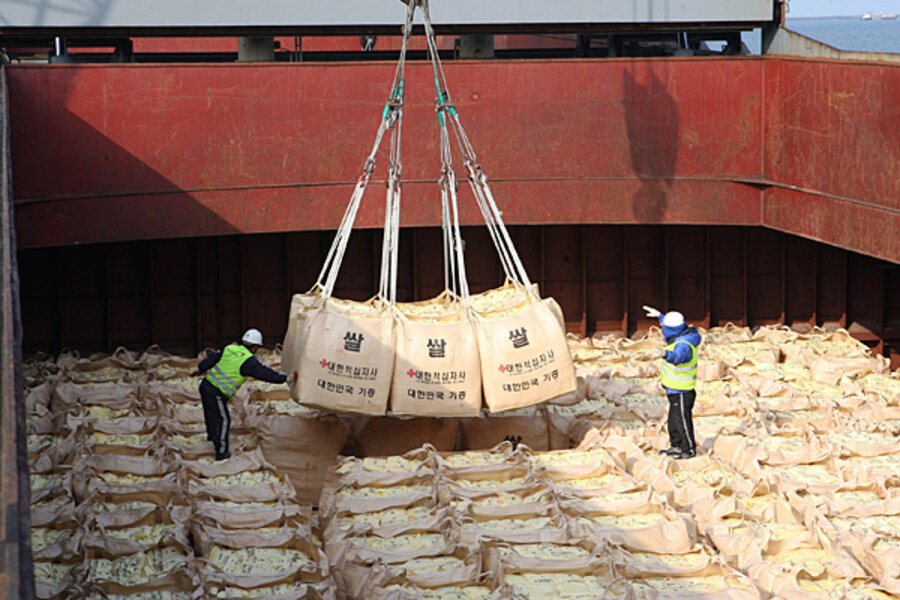Aided by years of Soviet nuclear assistance, North Korea began building a 5-megawatt nuclear reactor in 1979 at Yongbyon, according to the International Atomic Energy Agency (IAEA). It was not until late 1985, however, that the country declared the existence of the facility to the IAEA as a condition of joining the Treaty on the Non-Proliferation of Nuclear Weapons (NPT).
Nearly 20 years after joining the NPT, North Korea threatened to quit, setting off an 18-month crisis. In the spring of 1994 US President Bill Clinton signed an Agreed Framework with the country to put its nuclear ambitions on hold in exchange for US aid. This came after the US considered a strike against the nuclear facility and pushed the United Nations for sanctions on North Korea.
A light water reactor, unable to produce weapons-grade plutonium, was promised to North Korea as a part of the Agreed Framework for giving up its nuclear weapons. Construction on the project has since been suspended. In 2003, North Korea officially quit the NPT.







